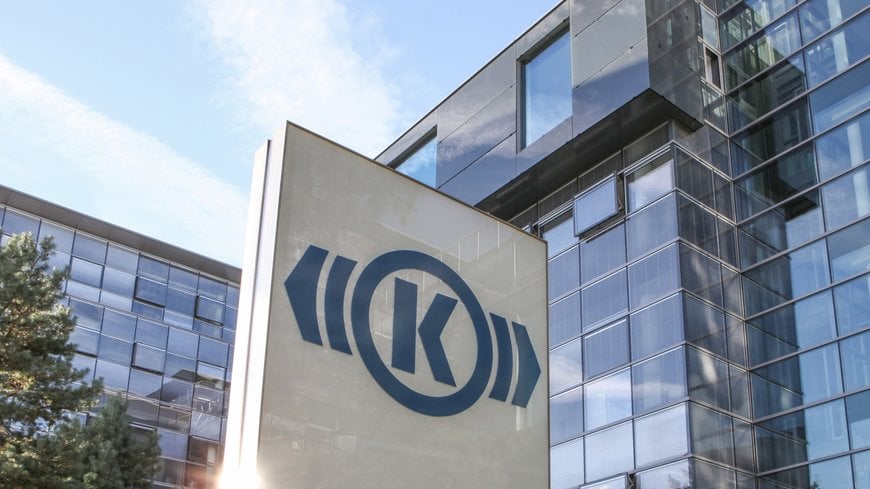REGIONAL MOBILITY: KNORR-BREMSE TO SUPPLY BRAKING SYSTEMS FOR MORE THAN 120 ALSTOM REGIONAL TRAINS
Knorr-Bremse, the global market leader for braking and other systems for rail and commercial vehicles, and Alstom have agreed to extend their existing framework contract for 129 Coradia Lint and Coradia iLint regional trains.

- Knorr-Bremse and Alstom extend contract to supply braking systems for Coradia Lint and Coradia iLint regional trains until 2025
- The contract, in the low double-digit million-euro range, covers braking systems for 129 trains, with options for up to 350 more
- The global market leader has already supplied braking systems for more than 1,000 vehicles from the earlier Coradia Lint generation – helping to make regional transportation safer, more efficient and more available
Knorr-Bremse will supply KBGM-P braking systems at least until the end of 2025, thereby making an important contribution towards the continuation of the Coradia platform.
“Knorr-Bremse’s technologies play a central role in enabling efficient rail mobility and optimal train scheduling – and that includes regional overland routes,” commented Dr. Jürgen Wilder, Member of the Executive Board of Knorr-Bremse AG and responsible for the Rail Vehicle Systems division. “This new version of the contract is a confirmation of our longstanding cooperation with Alstom and an indication of our shared goal of making mobility safer, more available and more reliable for increasing numbers of people.”
The major contract for 129 trains covers braking systems for the tried-and-tested Coradia Lint regional train as well as the groundbreaking Coradia iLint, with its emission-free hydrogen fuel cell technology. It also includes options for delivery of braking systems for a further 350 vehicles. Knorr-Bremse will initially equip 88 Coradia Lint trains including trains with the latest Stage V exhaust emission standard, and 41 Coradia iLint trains with braking systems. With seating for up to 300 passengers, the regional trains will operate at top speeds up to 140 km/h in Germany and also in Denmark. Tried and tested in regular service since 2005, the KBGM-P pneumatic braking systems are already installed in more than 1,000 trains from the earlier generation of Coradia Lint, as well as the two prototype iLint trains.
Mark Cleobury, Member of the Management Board of Knorr-Bremse Rail Vehicle Systems, adds: “Knorr-Bremse’s 115 years of experience and more than 15 years of cooperation with Alstom over development of the Coradia platform provide a strong basis for jointly developing the future of the sector. As systems supplier, we can make an important contribution, especially in the context of the projected trend towards increased mobility by rail.”
Knorr-Bremse solutions: More sustainable technologies for rail transportation
When it comes to achieving long-term reductions in emissions, the rail sector is driving the development of more sustainable technologies in key areas. As a systems partner, Knorr-Bremse is also taking important steps. For example, with technologies like its intelligent, low-noise air supply systems, wear-free eddy current brakes and energy-efficient heating, ventilation and air conditioning (HVAC) systems, the company is both helping to reduce energy consumption and cutting CO2 and noise emissions. Parallel to this, Knorr-Bremse subsidiary Kiepe Electric is developing a technology that converts diesel multiple units into hybrid trains by fitting them with traction batteries.
At the same time Knorr-Bremse – like its partner Alstom – is supporting further technological development through its involvement in EU research projects such as Shift2Rail.
The year 2021 has also been symbolically declared European Year of Rail by the European Union in a bid to draw attention to the need to create a more eco-friendly transport system. The EU already has a rail network of over 217,000 kilometers – more than the USA, China and Russia.
www.knorr-bremse.com

